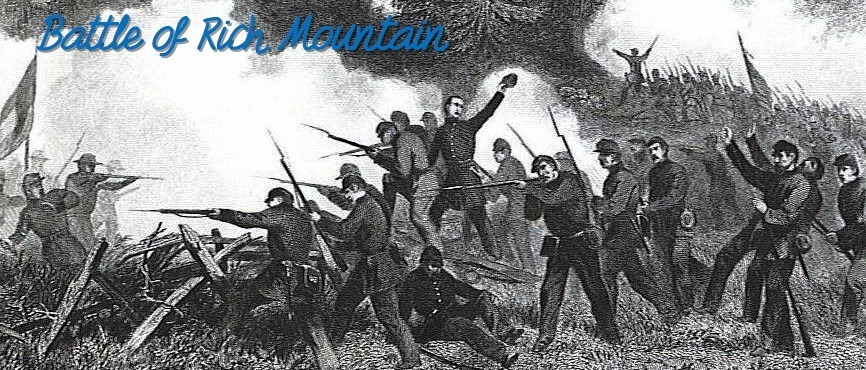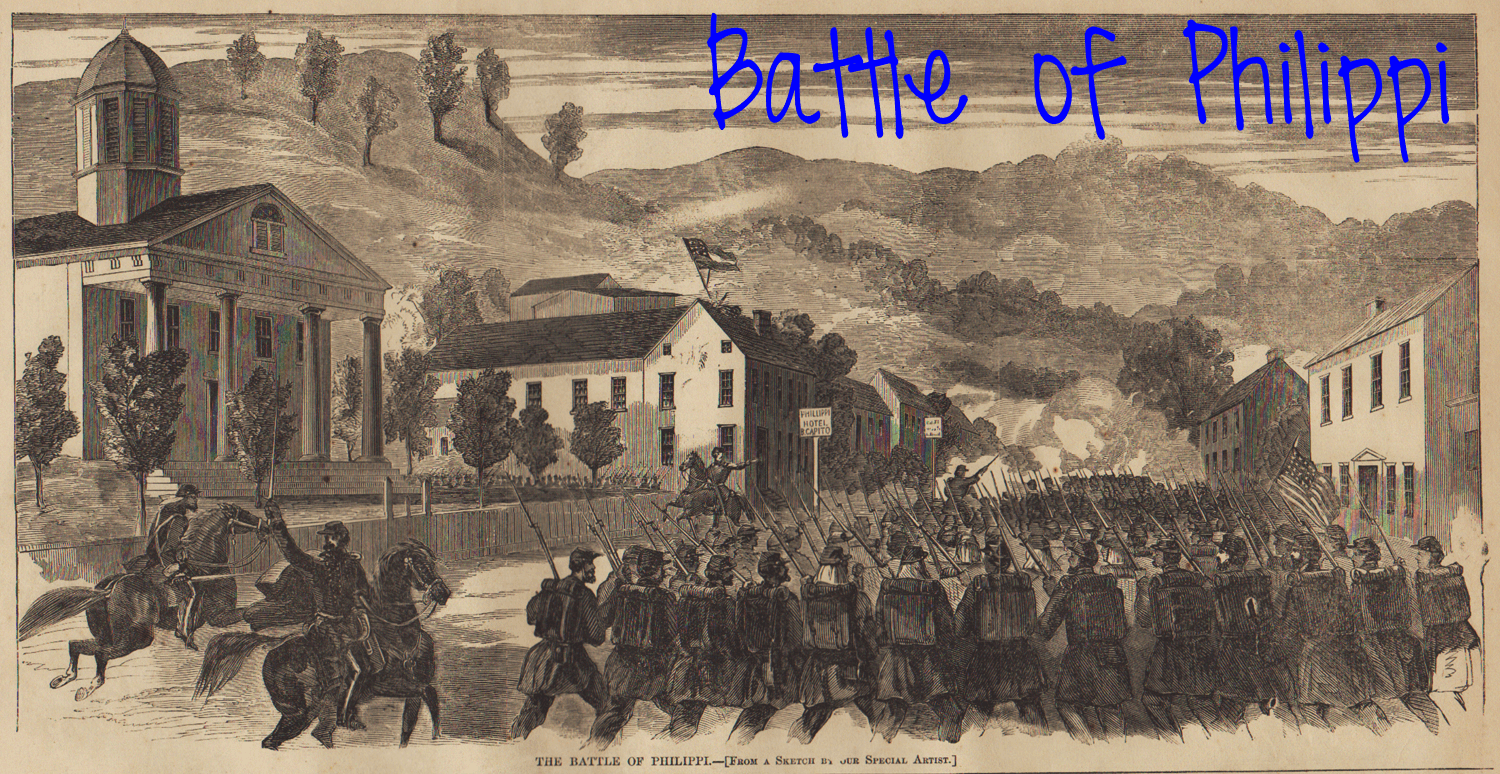Battle of Rich Mountain
Battle of Rich Mountain In June of 1861, Major General George B. McClellan was given command of the Union forces located in western Virginia. After… Read More »Battle of Rich Mountain
Battle of Rich Mountain In June of 1861, Major General George B. McClellan was given command of the Union forces located in western Virginia. After… Read More »Battle of Rich Mountain
Battle of Philippi On June 3, 1961, the “first inland battle of the Civil War” began in what is today West Virginia. It was also… Read More »Battle of Philippi

